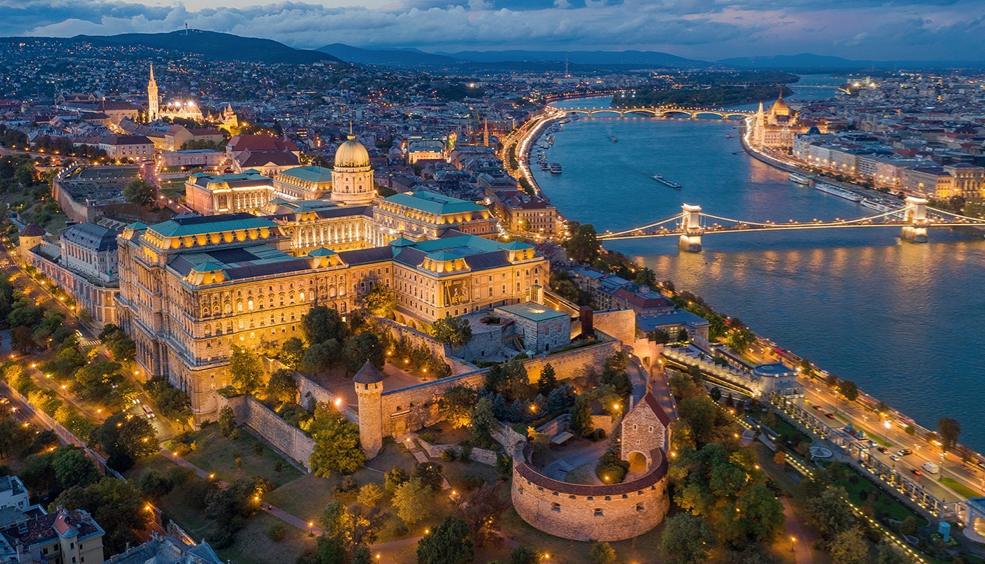6 things to do on a second visit to Málaga
There’s more to the Málaga region than just its vibrant capital: there’s the cuisine, villages and Caminito del Rey. Find out why you should come back to Málaga!
more info10 PLACES TO GO WITH KIDS IN SPRING
A selection of family-friendly countries in Europe which are perfect for visiting with the kids this spring, by Mammaproof.
more info4 ROMANTIC DESTINATIONS TO SWEEP YOUR PARTNER OFF THEIR FEET
Whether to celebrate Valentine's Day or an anniversary, or simply to give your partner an amazing gift, here are some ideas for a romantic getaway.
more infoFIVE OFFBEAT WEEKEND DESTINATIONS (FOR SOMETHING DIFFERENT)
Looking for a different kind of destination to get away? Keen to discover somewhere new? Pack your bag and head to these cities which you've probably never visited.
more info




